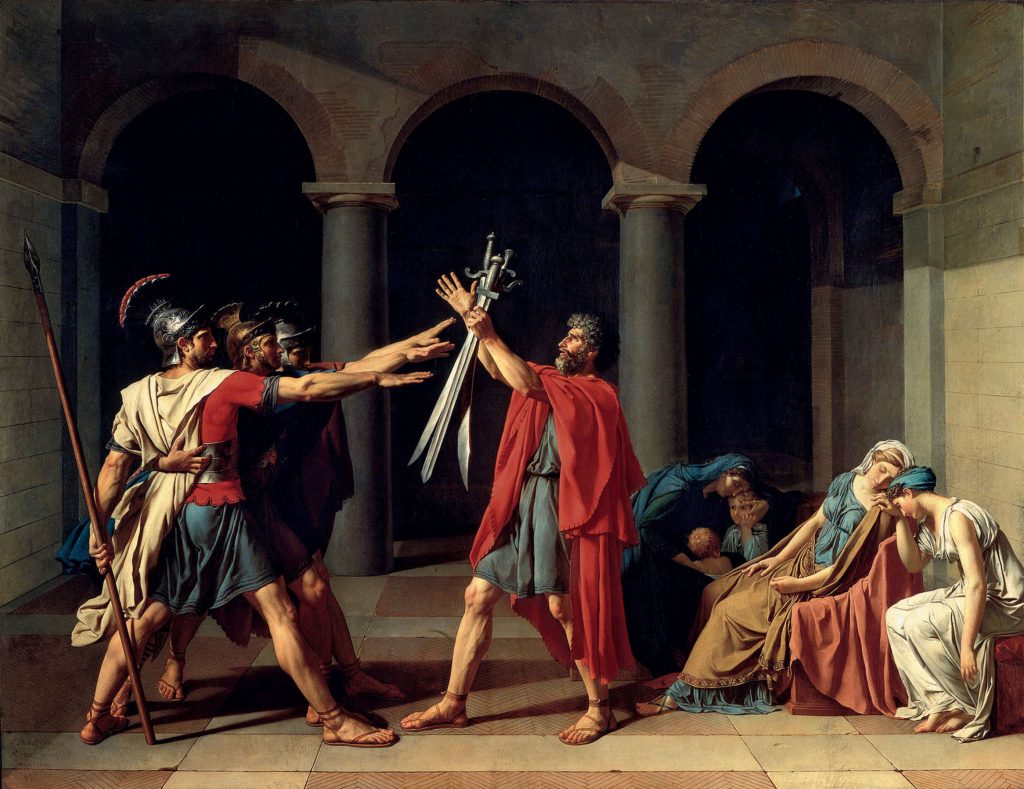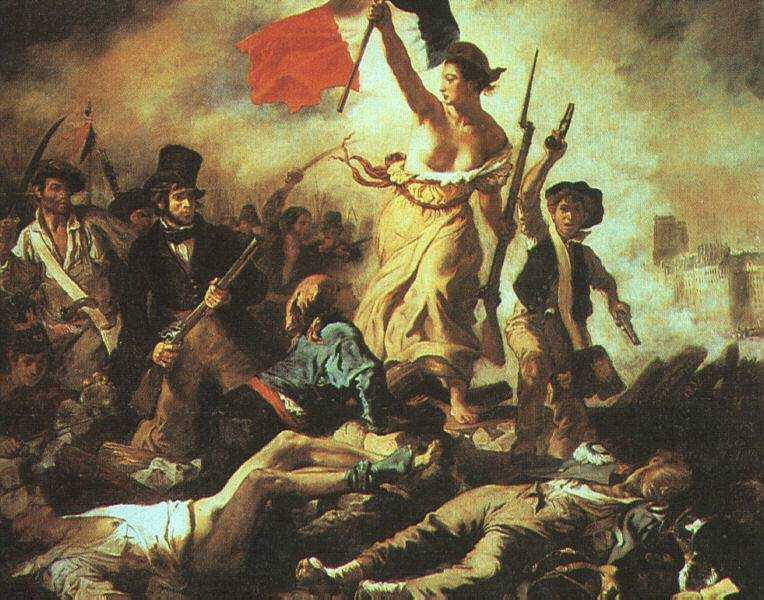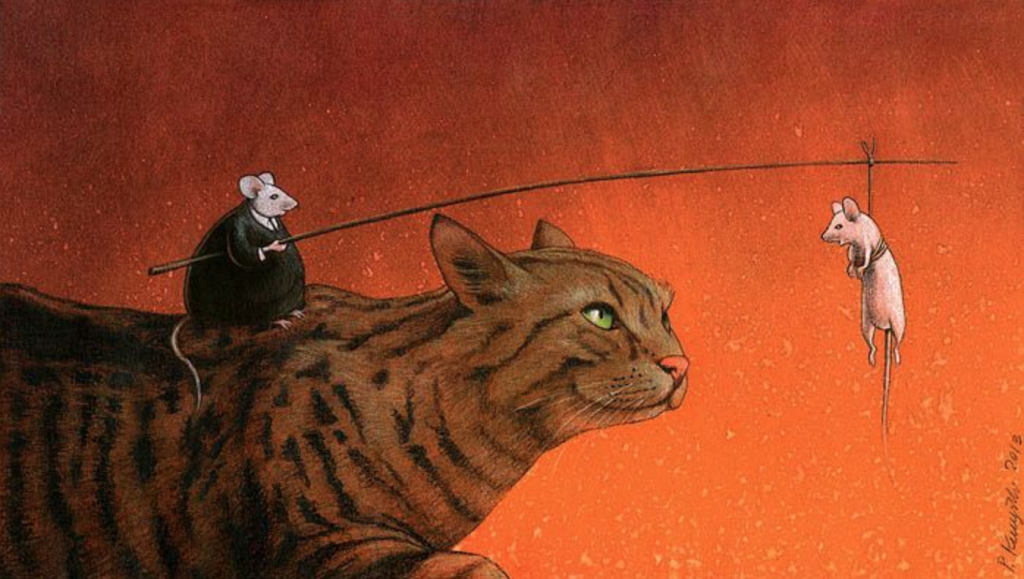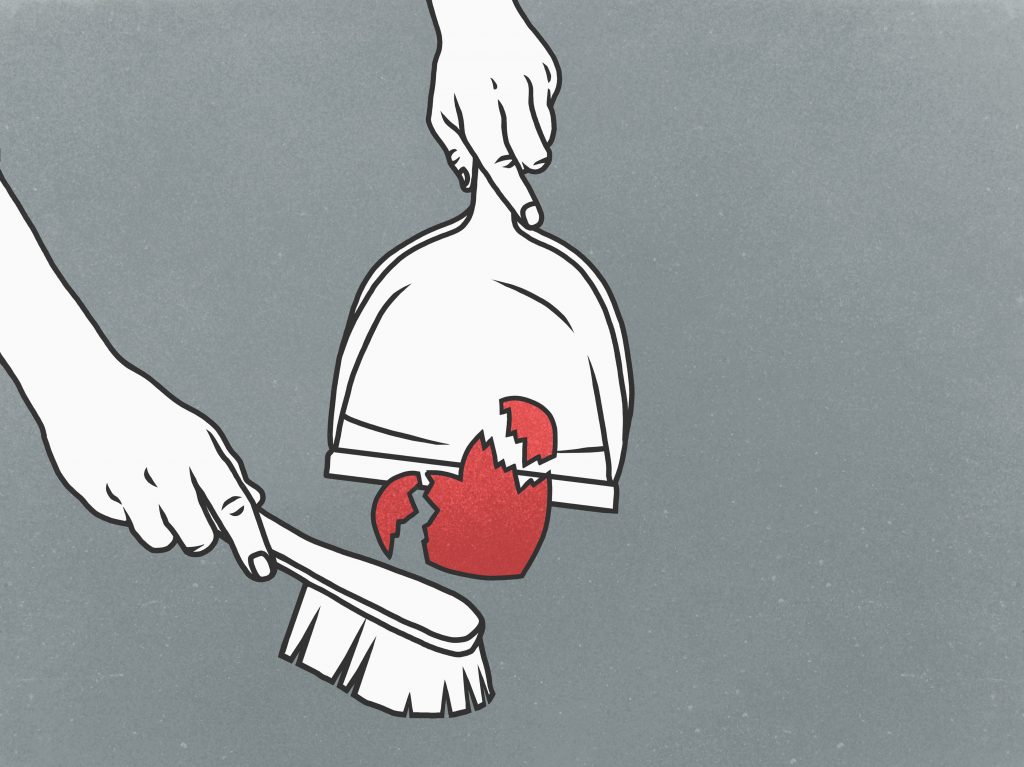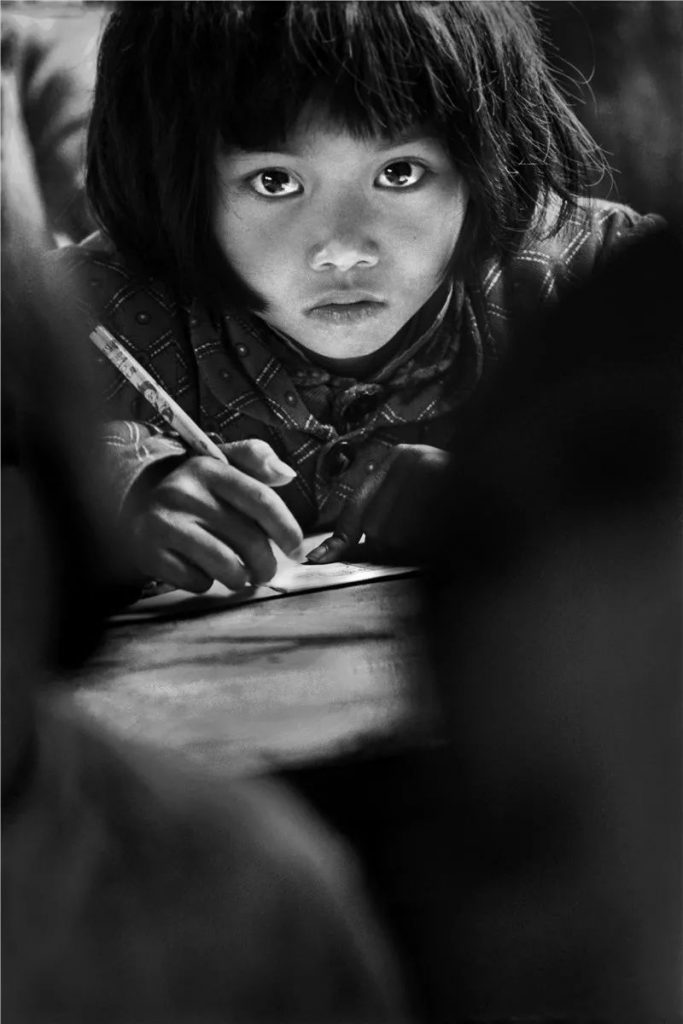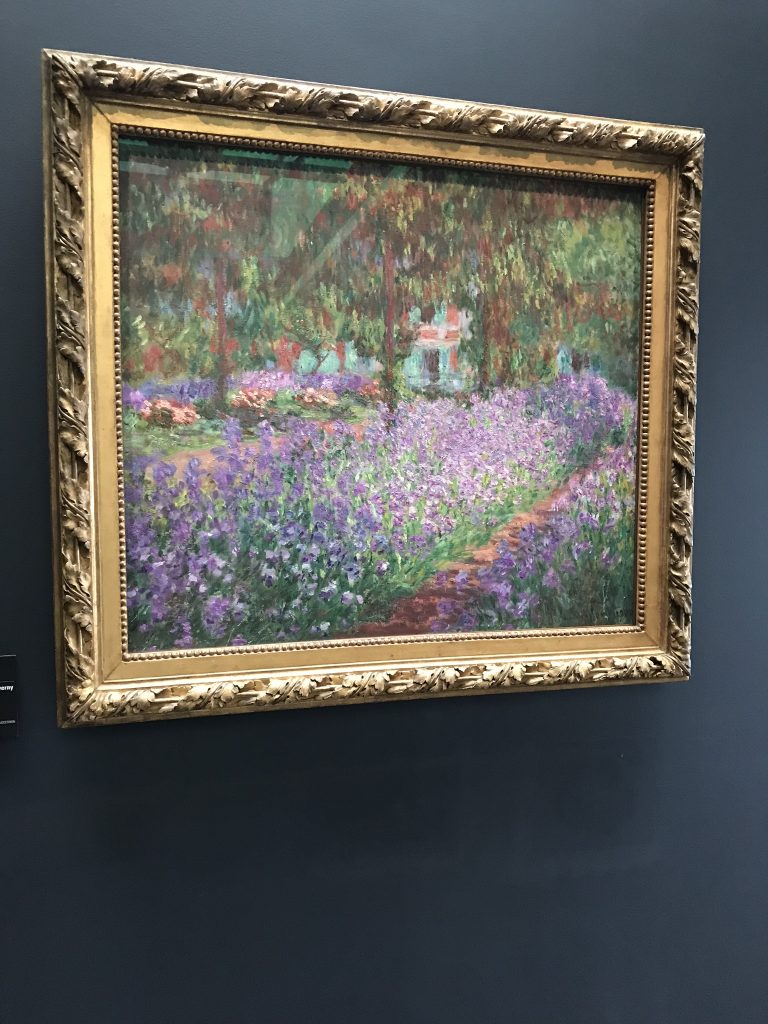It’s a long song. I know. It’s a metal song that is about almost half an hour long. I know that as well. However, when you treat it as a short film that tells a story. Every minute you spend with this song makes sense. It almost drag you into the story, technically stories about different people who are experiences similar problems and how they come to a same answer.
The story talks about three person: A man who experience the pain of being “normal” but realized he just want that when he becomes an exceptional person, a man who wakes from 30 years of catatonic sleep only realizing that he will soon back to sleep with no ways to help him out, a man who cannot escape his dream that is haunting him like a roller coaster.
Suddenly, the song leads into a flashback of our experiences in life. A story line that talks about how we conquer problems in life but suddenly dies over someone’s madness and impulsive design. We experience our guilt, self-enclosure, panic while having our friends, family, enemies. However, at the end, we are trapped inside the Octavarium that will eternally enclose us from breaking through because we are parts of someone’s impulsive design.
Until this point, everything sounds depressing and painful. Isn’t it? Well, the song itself admits that sense of pain at the end of the song and talks about how the only thing we can do is bravely walk towards such trap. To me, that moment brings me the catharsis that I have not feel for a long time. It feels like admitting the desperate things in your life suddenly brings you to an understanding that you should bravely admits it and face it.
That is exactly Schiller’s idea. By bringing you into a sonic experience, you gradually understand the pain and sorrow it tells that reflect your life. However, at the end of song, that catharsis brings you to another level that you are able to handle such sense of pain and bravely face your life. That is when you are morally better. That is when you are able to face positively about your life no matter how painful it is.

